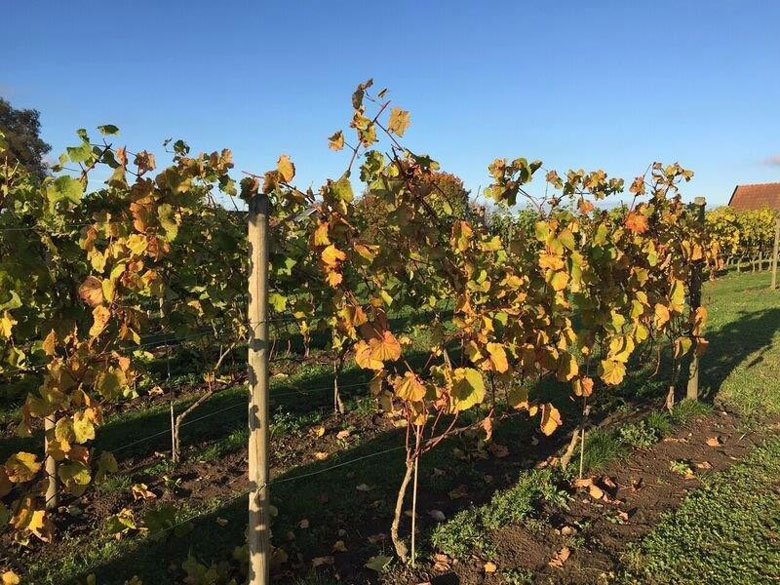By Linda Jones McKee originally posted January 9th 2018
Will the landscape of wine change in parallel to erratic climate patterns? This article doesn’t suggest that but it’s interesting to learn about the thriving wine business in unseen areas like Denmark and Sweden – Mana Wine
Copenhagen, Denmark/Malmö, Sweden—Scandinavia is not a place where images of vineyards and wineries come to mind. That is not surprising, as commercial viticulture has only been allowed in both Denmark and Sweden since the year 2000. By 2015 there were 100 commercial grapegrowers in Denmark, with wineries located primarily in the fruit-growing areas along the coastlines and the islands. Sweden now has approximately 50 commercial vineyards, most of which are in the coastal areas of southern Sweden and on the Baltic islands of Öland and Gotland.
This summer, the fledgling grape and wine industry in Denmark and Sweden will host the fifth VitiNord International Viticulture and Enology Conference from July 30 to Aug. 3 in Malmö, Sweden, and Copenhagen, Denmark. The joint conference is possible because the Øresund Bridge, opened in 2000, now connects Malmö and Copenhagen across the Øresund strait of the Baltic Sea.
The goal of the VitiNord conference is to promote the advancement of viticulture and enology in northern environments characterized by cool or short summers and/or cold winters. The program focuses on research and practices being used in northern winegrowing regions and features sessions on new technologies and innovative winemaking techniques for grapes grown in cool and cold climates.
The conference will begin July 30 with welcome ceremonies and a tasting of Swedish wines at the Clarion Hotel & Congress Malmö Live, the conference hotel in Malmö, Sweden. The keynote speaker on the first full conference day, July 31, will be Dr. Gregory Jones, director of the Center for Wine Education and professor of environmental studies at Linfield College in McMinnville, Ore. As a research climatologist who specializes in the climatology of viticulture, Jones will discuss how climate variation influences vine growth, wine production and the quality of wine produced.
Read full article here…

